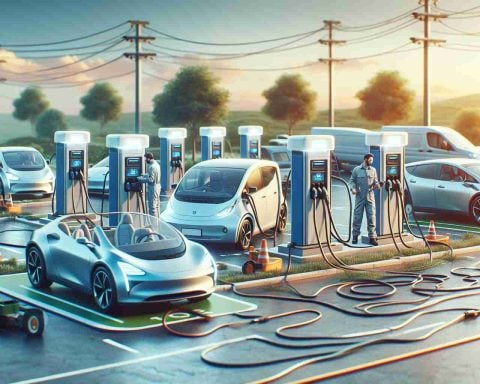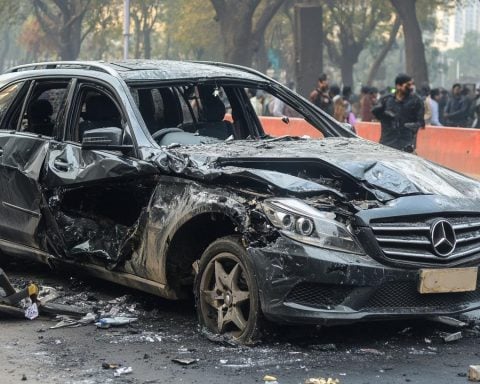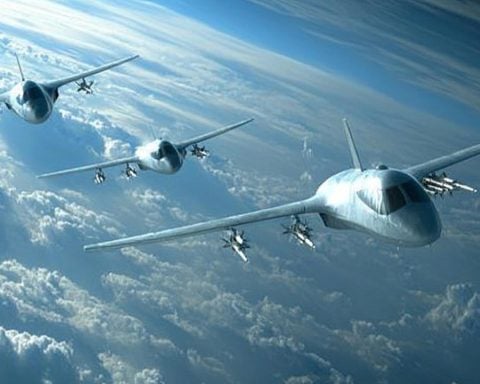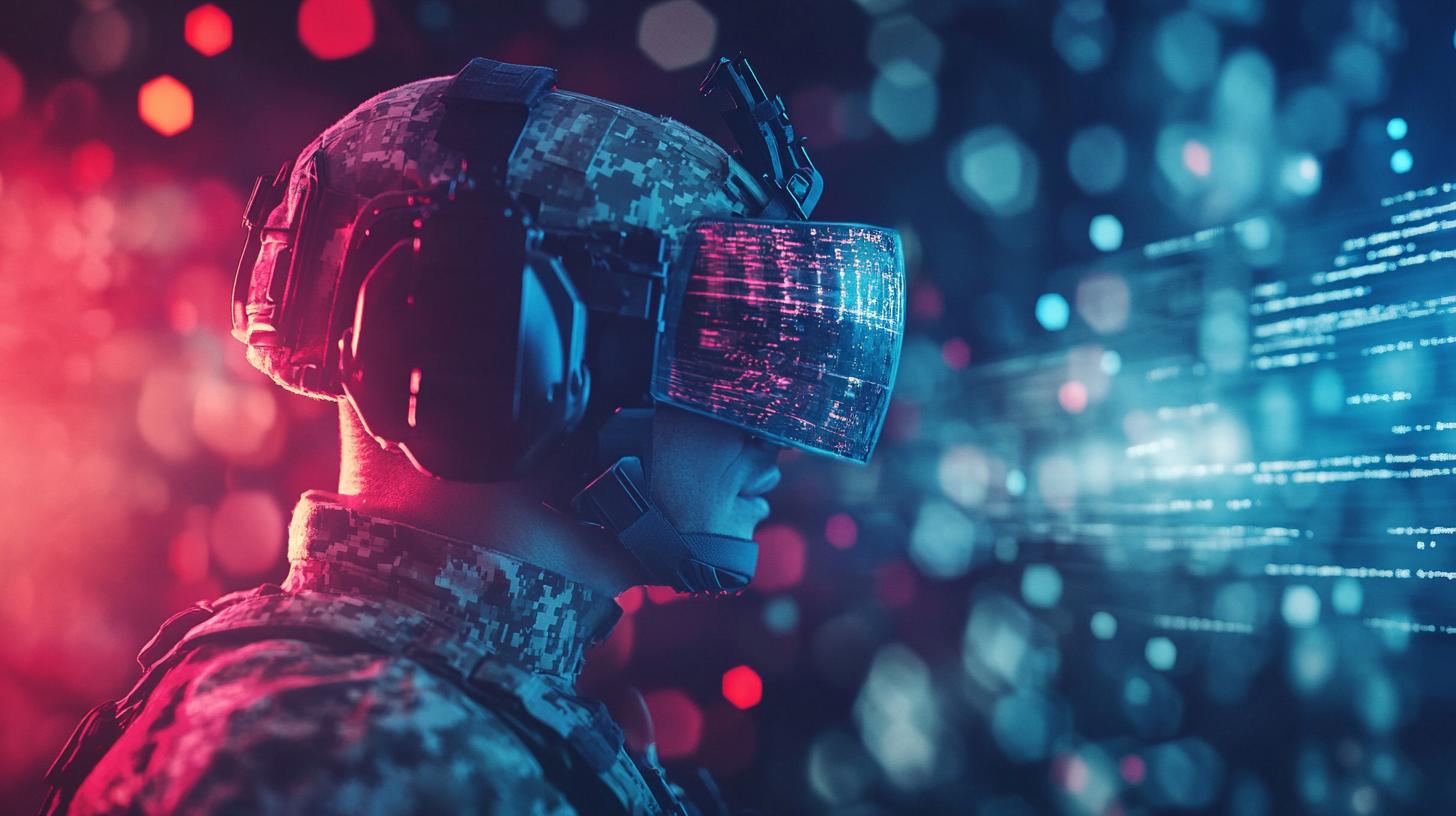The Leopard tank, known officially as the Leopard 1 and Leopard 2, represents a significant achievement in tank development, engineering, and military effectiveness. First introduced by Germany in the 1960s, these armored vehicles have served multiple roles in various military conflicts around the globe. Understanding the price of the Leopard tank involves delving into factors such as production costs, technological advancements, and market dynamics in the defense industry.
One of the most important aspects to consider when discussing the Leopard tank is its development cost. The Leopard 1 was developed during the Cold War as a response to the need for a battle tank that could match Soviet armor. The initial costs of research and production were substantial; however, the Leopard 1’s success paved the way for the more advanced Leopard 2, which entered service in the 1970s. The Leopard 2 was designed with improved armor, firepower, and mobility, leading to an escalation in development expenditures. As of now, the price of a new Leopard 2 tank ranges between $5 million to $10 million depending on specifications and upgrades.
The price of the Leopard tank is not solely defined by its manufacturing costs but also by the research and development investments made over the decades. Innovations such as improved armor technology, advanced targeting systems, and superior engine performance have significantly increased its capabilities. These technological advancements come at a premium, subsequently influencing the pricing structure of these tanks in the military market.
Another critical factor affecting the price is the global defense market demand. Several countries have shown interest in acquiring Leopard tanks for their armies, particularly in European nations and partnerships within NATO. The competitive pricing and reliable performance of the Leopard tanks have made them attractive alternatives to other main battle tanks, such as the American M1 Abrams or the British Challenger 2. As countries face various security challenges, the demand for modern armored vehicles escalates, thereby affecting their market price.
Furthermore, the maintenance and operational costs associated with the Leopard tank also play a crucial role in its overall financial implications. While the upfront cost of purchasing a Leopard tank is significant, ongoing expenses for maintenance, crew training, and logistics cannot be overlooked. The Leopard 2, for instance, requires a professional support system, which can add several million dollars annually to defense budgets.
As the geopolitical landscape evolves, so does the price contention associated with tanks like the Leopard. Export agreements and international partnerships can also influence pricing. Countries looking to purchase these tanks frequently negotiate terms that can lead to variable pricing based on quantity, technology transfer agreements, and after-sale support.
In conclusion, the price of the Leopard tank is a multifaceted issue that extends beyond mere numerical value. Factors such as research and development costs, market demand, maintenance requirements, and strategic partnerships all contribute to the complexities surrounding this iconic piece of military hardware. Understanding these elements ensures that policymakers and defense analysts can make informed decisions regarding military capability and resource allocation. The Leopard tank, therefore, symbolizes not just a vehicle of war but also a testament to strategic military investments and the economics of modern warfare.
Essential Tips and Life Hacks for Understanding Military Equipment Investments
Understanding the complexities behind military equipment investments, such as tanks, can be quite challenging. The Leopard tank is just one example of the intricate web of costs, technological advancements, and geopolitical factors that influence its pricing. Here are some useful tips, life hacks, and interesting facts that can aid in navigating this subject more effectively.
1. Research Before Investing
When considering any military equipment, especially something as significant as a tank, it’s crucial to conduct comprehensive research. Look into the historical context of developments, such as why the Leopard tank was created and how it has evolved over time. Consulting reputable defense analysis platforms can provide valuable insights.
2. Understand Total Cost of Ownership
The initial purchase price is only part of the equation. For any military hardware, including tanks like the Leopard, factor in ongoing maintenance, crew training, and operational logistics. Creating a budget that encompasses all of these costs will lead to better financial planning.
3. Stay Informed about Global Defense Trends
The global defense market is constantly changing; staying updated on international relationships, military partnerships, and security concerns can illuminate why certain tanks gain popularity. Subscribing to defense news outlets or following military analysts on social media can be valuable.
4. Explore Technological Advancements
Understanding the technological aspects that enhance a tank’s performance—such as armor innovations or targeting systems—can help to justify its price. Many online platforms or military publications provide breakdowns of what makes specific equipment high-tech and sophisticated.
5. Look for Export and Partnership Opportunities
Countries often form strategic partnerships to share the costs of defense. Investigating these partnerships can open doors to better deals, including in negotiations for military acquisitions. Knowing the political landscape can help in making informed decisions about equipment investments.
Interesting Fact: Did you know that the Leopard 2 tank has been through numerous upgrades since its introduction? Features like improved targeting systems and enhanced armor were developed to keep it competitive in modern warfare scenarios.
Life Hack: Utilize comparison tools available on defense procurement platforms to weigh the benefits and costs between different types of military vehicles. This helps in making analytical decisions when considering which equipment will better serve strategic military needs.
6. Historical Performance Analysis
Examining the operational history of military equipment can provide invaluable context. The Leopard tanks have seen service in various conflicts, which offers insights into their performance in combat situations. Understanding this background can aid in evaluating their reliability and effectiveness.
7. Networking with Experts
Engaging with professionals in the defense sector can yield rich knowledge. Joining online forums or attending military expos can facilitate discussions and open avenues for more in-depth understanding about military hardware procurement and maintenance.
In conclusion, comprehending the intricacies surrounding military equipment like the Leopard tank requires a multi-faceted approach that considers economic, technological, and geopolitical influences. Utilizing these tips and life hacks will not only enhance your understanding of military equipment investments but also empower you to stay informed and make strategic decisions in this important field. For more in-depth articles on military equipment and analysis, visit defense.gov.
The article has been updated: 2024-11-05 12:52
Here are some suggested related links to include in your post titled “The Price of the Leopard Tank: An In-Depth Analysis”:
1. Defense News – A leading source for defense and military news, covering the latest developments in military technology and procurement.
2. Army Times – A publication dedicated to the U.S. Army and military affairs, providing insights into equipment costs and military expenditures.
3. Military.com – Offers extensive information on military vehicles, weapon systems, and defense spending, along with analysis relevant to modern military operations.
4. The Drive – A site focused on automotive and military vehicles, featuring articles on the technological aspects and costs of tanks like the Leopard.
5. Royal United Services Institute (RUSI) – A think tank that provides expert analysis on defense and security issues, including military budgeting and equipment analysis.
6. Forbes – Often covers military expenditure and procurement topics, including the economic implications of military hardware investments.
7. BBC News – A global news provider that frequently reports on defense matters, including costs and strategic implications of military programs.
8. Jane’s Defence – Renowned for its extensive details on military equipment, including pricing and operational analysis of tanks and other military vehicles.
9. Strategy Page – A website dedicated to military news and analysis that frequently discusses the costs and operational effectiveness of various military technologies.
10. Defense World – Covers global defense news, including analysis of different military vehicles and their associated costs.
The article has been updated: 2024-11-05 21:30
What factors contribute to the high price of the Leopard tank?
The price of the Leopard tank is influenced by several key factors, including its advanced technology, research and development costs, production expenses, and the integration of modern systems such as fire control, armor protection, and mobility enhancements. Additionally, the Leopard tank’s reputation for durability and performance, as well as the costs associated with procurement and maintenance, further drive up its price. Market demand, geopolitical considerations, and the cost of raw materials also play significant roles in determining its overall market value.






















